Magnus Westerlund
Arcada University of Applied Science, Helsinki, Finland
Getting Ready for the EU AI Act in Healthcare. A call for Sustainable AI Development and Deployment
May 10, 2025Abstract:Assessments of trustworthiness have become a cornerstone of responsible AI development. Especially in high-stakes fields like healthcare, aligning technical, evidence-based, and ethical practices with forthcoming legal requirements is increasingly urgent. We argue that developers and deployers of AI systems for the medical domain should be proactive and take steps to progressively ensure that such systems, both those currently in use and those being developed or planned, respect the requirements of the AI Act, which has come into force in August 2024. This is necessary if full and effective compliance is to be ensured when the most relevant provisions of the Act become effective (August 2026). The engagement with the AI Act cannot be viewed as a formalistic exercise. Compliance with the AI Act needs to be carried out through the proactive commitment to the ethical principles of trustworthy AI. These principles provide the background for the Act, which mentions them several times and connects them to the protection of public interest. They can be used to interpret and apply the Act's provisions and to identify good practices, increasing the validity and sustainability of AI systems over time.
Using Sentence Embeddings and Semantic Similarity for Seeking Consensus when Assessing Trustworthy AI
Aug 09, 2022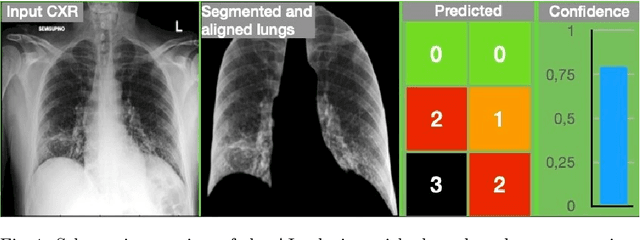
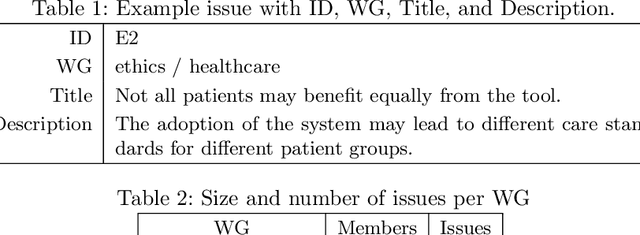

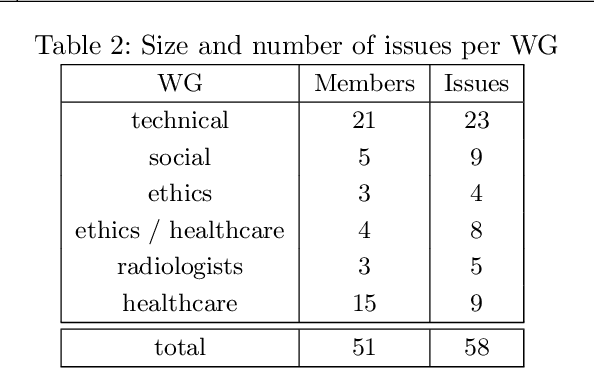
Abstract:Assessing the trustworthiness of artificial intelligence systems requires knowledge from many different disciplines. These disciplines do not necessarily share concepts between them and might use words with different meanings, or even use the same words differently. Additionally, experts from different disciplines might not be aware of specialized terms readily used in other disciplines. Therefore, a core challenge of the assessment process is to identify when experts from different disciplines talk about the same problem but use different terminologies. In other words, the problem is to group problem descriptions (a.k.a. issues) with the same semantic meaning but described using slightly different terminologies. In this work, we show how we employed recent advances in natural language processing, namely sentence embeddings and semantic textual similarity, to support this identification process and to bridge communication gaps in interdisciplinary teams of experts assessing the trustworthiness of an artificial intelligence system used in healthcare.
Reliable Fleet Analytics for Edge IoT Solutions
Jan 12, 2021



Abstract:In recent years we have witnessed a boom in Internet of Things (IoT) device deployments, which has resulted in big data and demand for low-latency communication. This shift in the demand for infrastructure is also enabling real-time decision making using artificial intelligence for IoT applications. Artificial Intelligence of Things (AIoT) is the combination of Artificial Intelligence (AI) technologies and the IoT infrastructure to provide robust and efficient operations and decision making. Edge computing is emerging to enable AIoT applications. Edge computing enables generating insights and making decisions at or near the data source, reducing the amount of data sent to the cloud or a central repository. In this paper, we propose a framework for facilitating machine learning at the edge for AIoT applications, to enable continuous delivery, deployment, and monitoring of machine learning models at the edge (Edge MLOps). The contribution is an architecture that includes services, tools, and methods for delivering fleet analytics at scale. We present a preliminary validation of the framework by performing experiments with IoT devices on a university campus's rooms. For the machine learning experiments, we forecast multivariate time series for predicting air quality in the respective rooms by using the models deployed in respective edge devices. By these experiments, we validate the proposed fleet analytics framework for efficiency and robustness.
Autonomous Industrial Management via Reinforcement Learning: Self-Learning Agents for Decision-Making -- A Review
Oct 20, 2019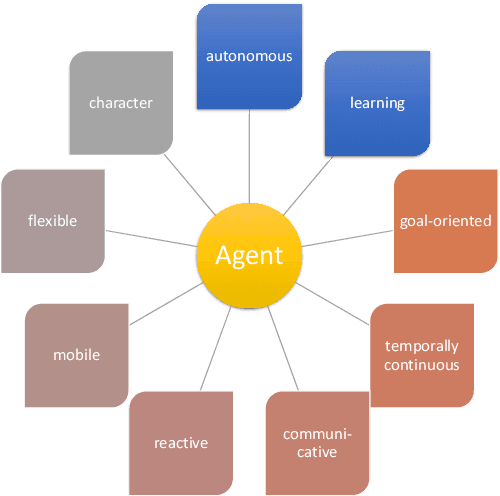
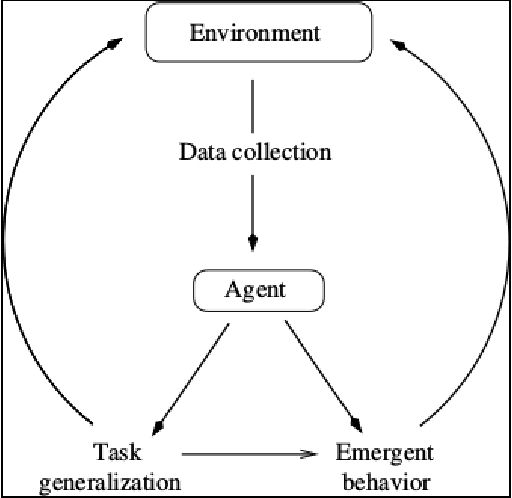
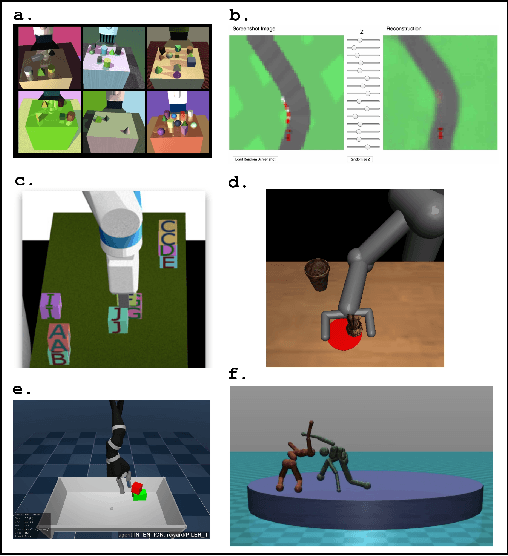
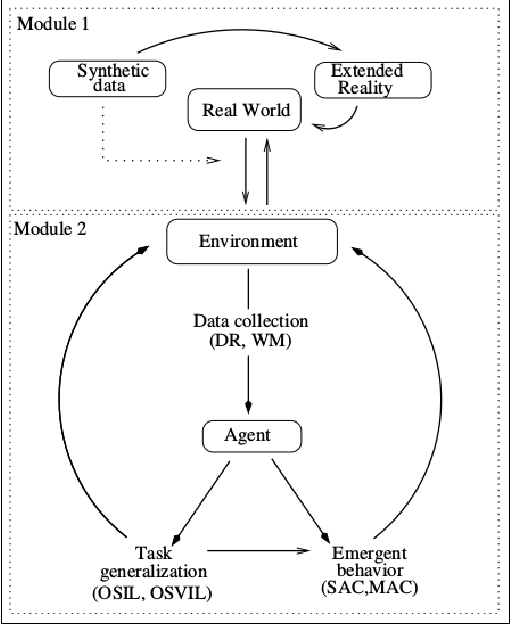
Abstract:Industry has always been in the pursuit of becoming more economically efficient and the current focus has been to reduce human labour using modern technologies. Even with cutting edge technologies, which range from packaging robots to AI for fault detection, there is still some ambiguity on the aims of some new systems, namely, whether they are automated or autonomous. In this paper we indicate the distinctions between automated and autonomous system as well as review the current literature and identify the core challenges for creating learning mechanisms of autonomous agents. We discuss using different types of extended realities, such as digital twins, to train reinforcement learning agents to learn specific tasks through generalization. Once generalization is achieved, we discuss how these can be used to develop self-learning agents. We then introduce self-play scenarios and how they can be used to teach self-learning agents through a supportive environment which focuses on how the agents can adapt to different real-world environments.
 Add to Chrome
Add to Chrome Add to Firefox
Add to Firefox Add to Edge
Add to Edge